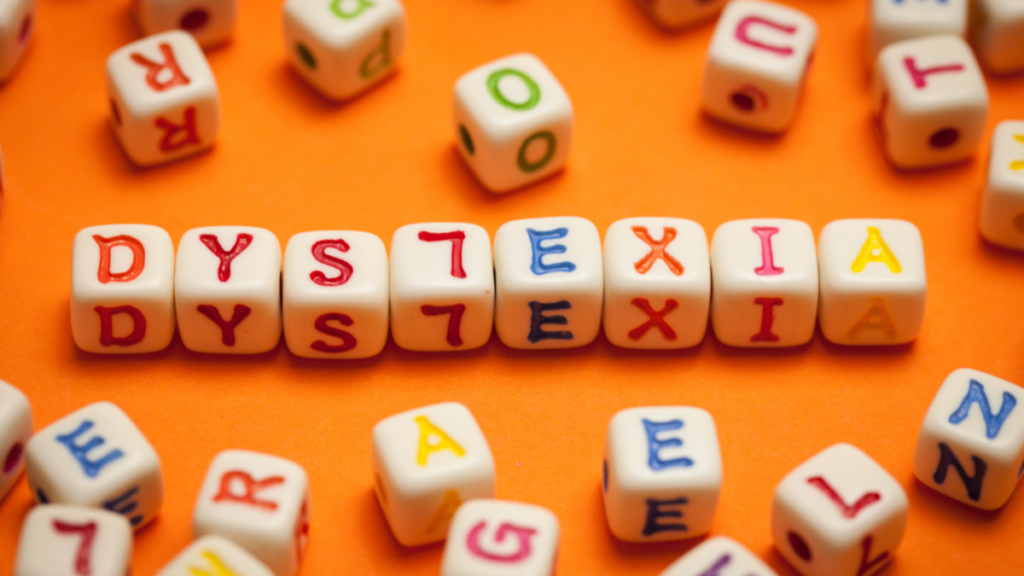ABIBooks is a project that aims to create interactive books, also called “ebooks”, for children aged 0-8 years to enable them to acquire basic literacy and mathematical skills in a fun way that is also suitable for children with possible dys- or learning disorders.
What are dys-disorders?
“Specific language impairment is a specific cognitive disorder that affects the development of the child. It is an isolated cognitive dysfunction without a global intellectual disability”.
These disorders can affect:
- Reading skills (dyslexia)
- Psychomotor skills (dyspraxia)
- Mathematical skills (dyscalculia)
- Writing ability (dysgraphia)
- Language skills (dysphasia)
According to experts, between 5 and 12% of the European population suffer from dyslexia and specific language disorders. This is not an easy situation to live in a world where very little is in place to help people with such disorders.
In this article we will focus on dyslexia, which is the disorder affecting children’s reading skills.
And dyslexia, what is it ?

Children with dyslexia have difficulty perceiving and analysing the sounds that make up a word correctly, so they also have difficulty recognising words when they are written. As a result, this affects comprehension of the text.
There are 3 types of dyslexia :
- Phonological dyslexia (difficulty in deciphering words)
- Surface dyslexia (difficulty in recognising a word as a whole)
- Mixed dyslexia (a combination of the two previous dyslexias)
About 20% of primary school children are reported to have reading difficulties and 5% are reported to have dyslexic disorders.
Have you ever heard of e-books ?
An e-book (“electronic book”) is simply a book that is written, published and distributed in electronic form. It can therefore be downloaded, stored and read on computer media such as computers, tablets, e-readers, etc.
Some of these e-books are available in “braille” or audio format, which makes this book format particularly inclusive.
How can e-books help children with dys- disorders ?
The most obvious advantage is the adaptation of the text layout :
A dyslexic reader may face different obstacles when reading :
- Visual recognition difficulties
- Phonological and spelling difficulties
Here are some layout elements that makes the reading easier :
- Font (Arial, Verdana, Helvetica, etc.)
- Font size (between 12 and 16 depending on the text)
- Spacing (between 1.5 and 2.5 pt)
- Sentence length (shorter sentences improve understanding of the text)
- Contrast (it is better to put your text on a beige or cream background than on a completely white background)
The interactive book can allow parents to take on the role of the teacher. Depending on the format of some books, the parent can record himself or herself reading the text and adapt the speed to the child’s difficulty.
In addition, some stories include exercises that allow for the learning and acquisition of ‘basic’ skills (maths exercises, learning new words, learning new sounds, etc.).
All these elements, among others, bring together the benefits of e-books not only for children with dys- disorders, but for all kids !
References :
- https://www.ffdys.com/wp-content/uploads/2008/10/d%C3%A9finition-des-troubles_2008.pdf#:~:text=Les%20troubles%20sp%C3%A9cifiques%20du%20langage%20et%20des%20apprentissages,%C3%AAtre%20pr%C3%A9sents%20au%20cours%20du%20d%C3%A9veloppement%20de%20l%E2%80%99enfant.
- https://naitreetgrandir.com/fr/etape/5-8-ans/langage/fiche.aspx?doc=dyslexie
- https://www.youscribe.com/page/ebook/definition
- https://www.researchgate.net/publication/270896636_Interactive_e-Books_to_Support_Reading_Skills_in_Dyslexia

